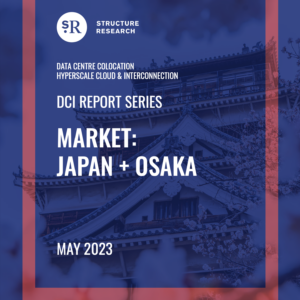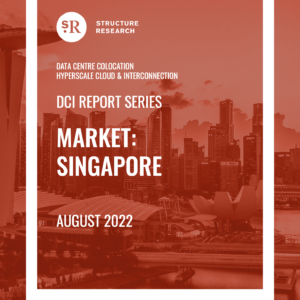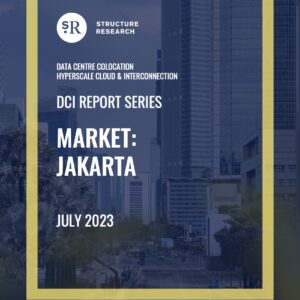Description
The Seoul data centre market continues to experience notable growth as the adoption of public cloud infrastructure and AI accelerate across the APAC region, cementing itself on the short list of tier 1 markets in Asia. Seoul possesses all the core fundamentals that a major data centre market should have. There is a critical mass of population and end users that are in advanced stages of digital adoption, the right cross-section of hyperscale and enterprise demographics, the presence of quality infrastructure and a strongly centralized structure that ensures Seoul, and supporting edge markets like Busan, will be at the centre of activity for years to come. The Seoul data centre market is estimated to be worth US$1.35 billion in 2025 and is projected to grow at a five-year CAGR of 20%.
Not surprisingly, hyperscale is a primary driver of growth in this market. The major US-based cloud platforms have converged on Seoul in recent years and are all in the process of setting up in-country data centre infrastructure to support the demand coming from local enterprises. While self-building has been an option in some cases, many of the regions and AZs being built out are ending up in leased environments, and this has spurred strategic activity from domestic, global and regional data centre operators. This was once a market dominated by domestic operators, with strong legacy telco presence, but now features an increasingly more diverse and dynamic competitive landscape as major global operators and new developer platforms supported by infrastructure-oriented investment vehicles and various joint ventures start to materialize the market.
The scale and scope of the hyperscale expansion wave has been substantial over the last few years and this is only expected to accelerate further over the next five years as the AI infrastructure wave of deployments begin to take shape. The market currently has 816MW of built-out capacity in 2025. The supply is expected to more than double to over 2GW of capacity by 2030 based on the capacity that is currently in the development pipeline. Nearly all of this inventory is being built to accommodate hyperscale and AI requirements, but there is still enterprise and retail-level demand that continues to exist. This is also expected to drive uptake in interconnection services.
The demand profile is what makes Seoul such an intriguing market. US-based hyperscalers are landing en masse, Chinese hyperscalers are present and are expected to ramp up their leasing activity in the coming years. There is also the presence of large domestic cloud infrastructure platforms such as NAVER and Kakao that are growing and consuming data centre colocation capacity in larger amounts due to the roll out of GPU capacity to support the AI requirements that are materializing in the market. South Korea also has a burgeoning domestic gaming and social media industry that is propelling demand for infrastructure. Some of these content and social media platforms are likely to lease capacity from third party providers moving forward.
This report is an excellent resource for any service provider, investor or enterprise end user looking to understand and project the data centre market in Seoul or find a service provider. The methodology applied continues to be the most robust in the industry. We track supply on a space and power basis, split all the metrics along retail and hyperscale lines, and aggregate inventory in multiple tiers according to build status, absorption rates and maximum capacity levels. Hyperscale cloud nodes and on-ramps are mapped and a complete directory is provided.
Read the 66-page PDF preview HERE.






